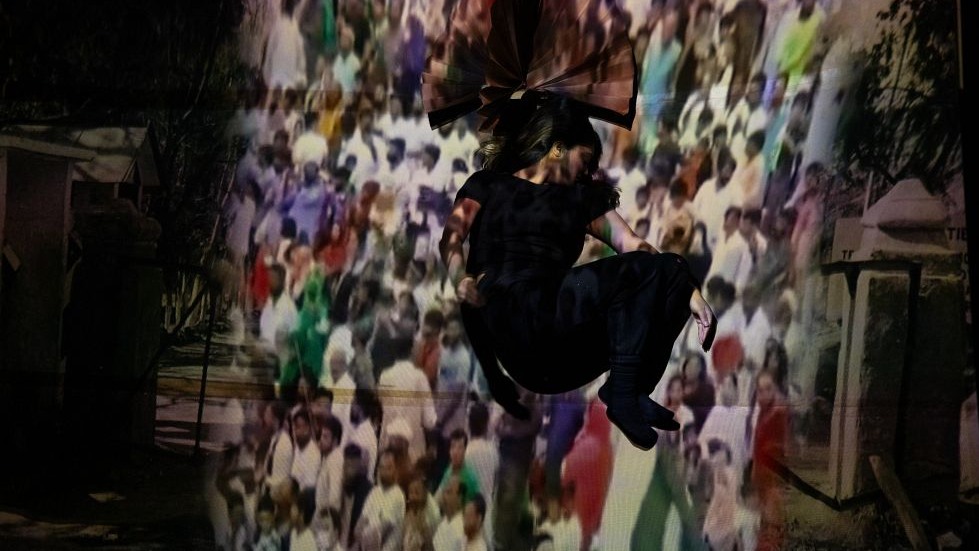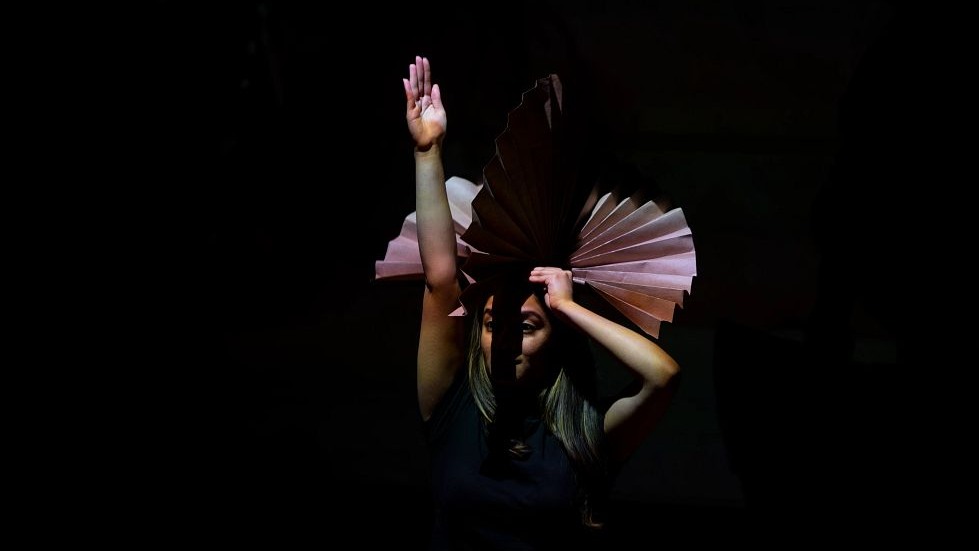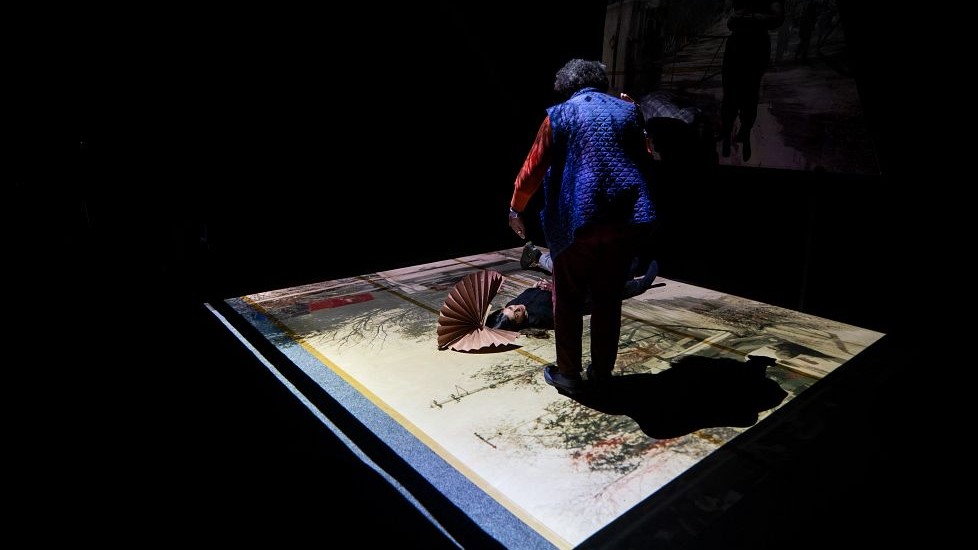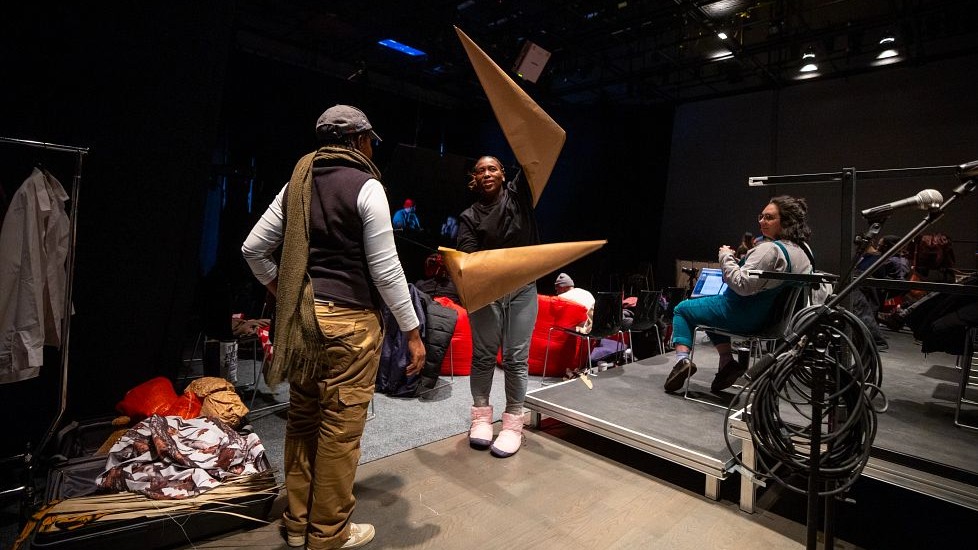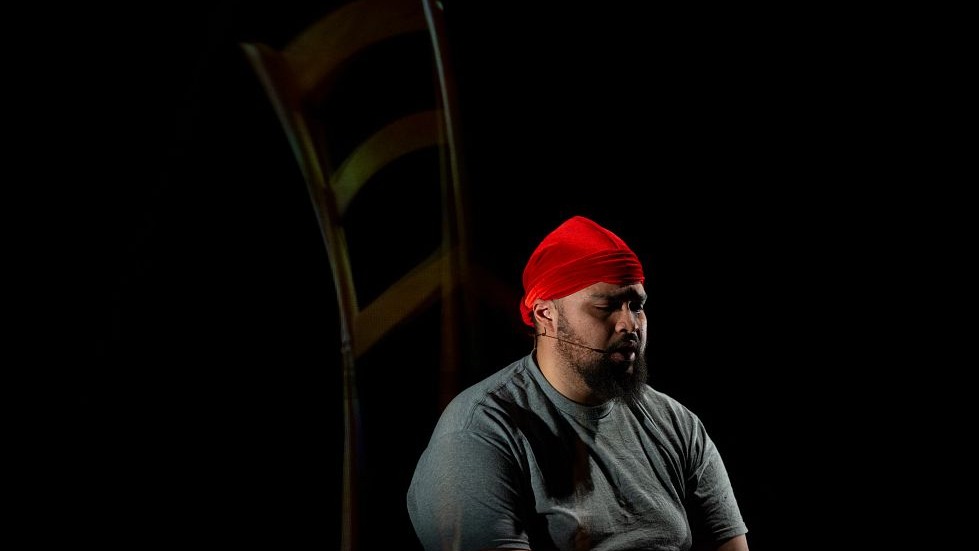PROVIDENCE, R.I. [Brown University] —There’s an African proverb that goes something like, “When the good doctor can’t cure you, find the less good doctor,” explained South African artist William Kentridge.
Kentridge applies that ethos to artmaking at the Centre for the Less Good Idea, a Johannesburg-based arts organization that he co-founded with fellow artist Bronwyn Lace in 2016 as an incubator for experimental, collaborative and cross-disciplinary performance projects.
Artists from the center are in residence at Brown University through mid-June as part of the Brown Arts Institute’s IGNITE Series — a constellation of creative performances, visiting world-class artists and activations that launched last October with the opening of the University’s new Lindemann Performing Arts Center and will run through the end of 2024.
“With this residency, we are interested in seeing if the way we work — a reliance on being open to what emerges in the process of rehearsal, among other things — resonates further than Johannesburg,” Kentridge said. “So connections with outside institutions such as Brown are important to us.”
The multi-part residency kicked off in mid-February with a theatrical performance in Brown’s new Lindemann Performing Arts Center of the center’s “Houseboy,” which is based on the 1956 novel by Cameroonian diplomat Ferdinand Oyono. That was followed by a two-week workshop series focused on a theatrical illusion technique called “Pepper’s ghost,” which involves the projection of an image that is reflected onto the stage using a mirror to create a ghostly effect.
